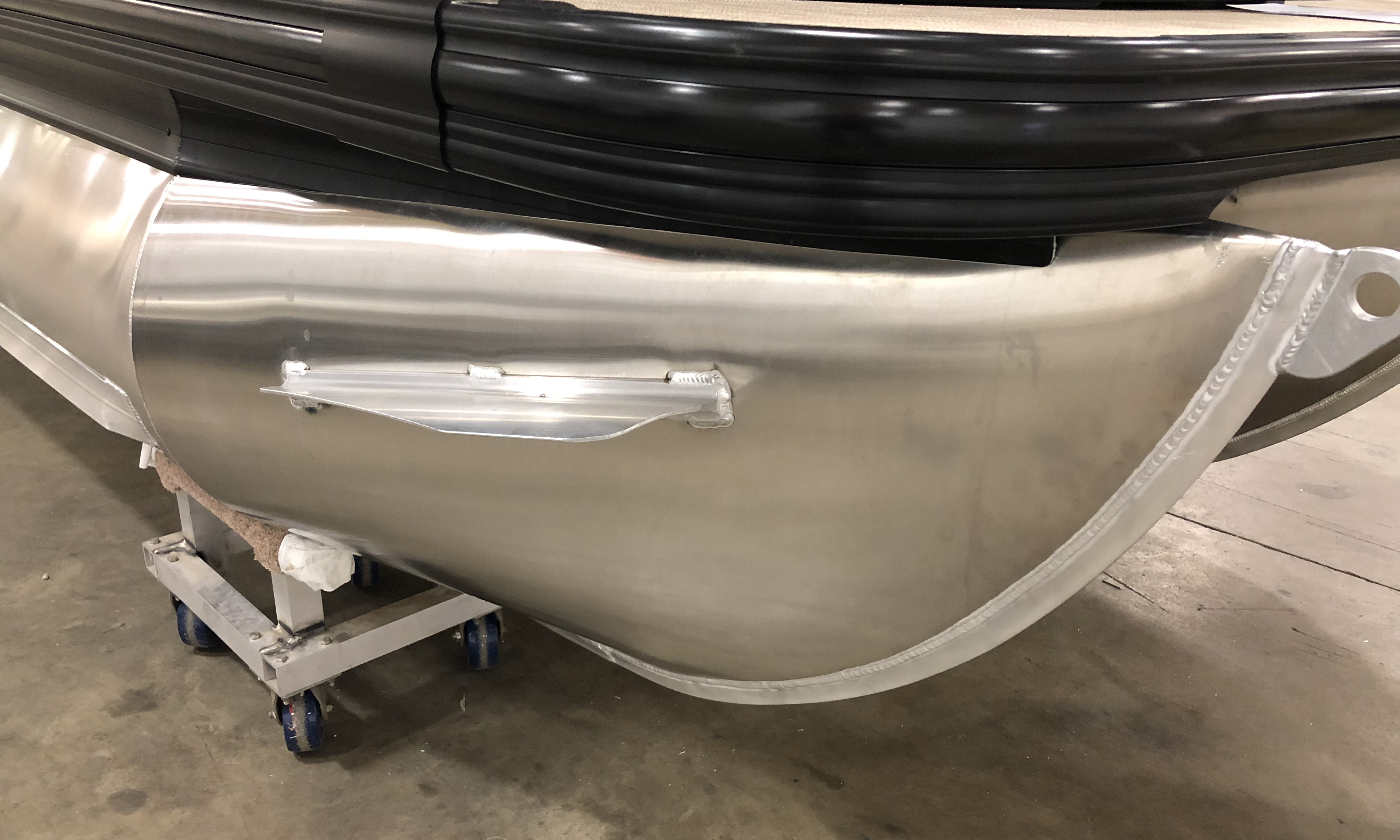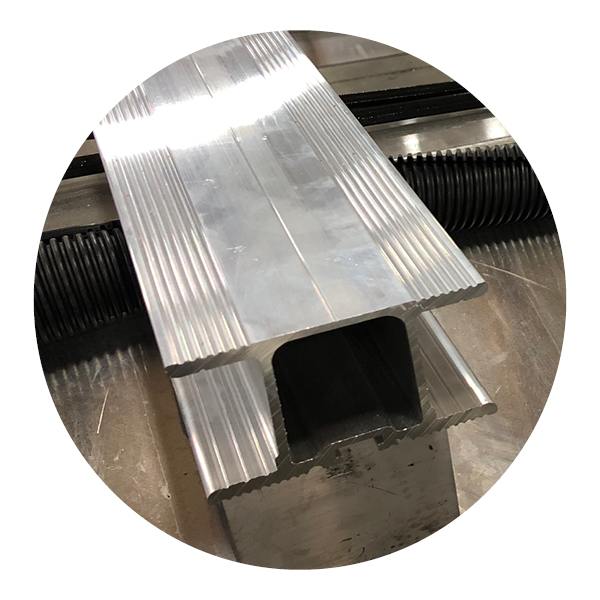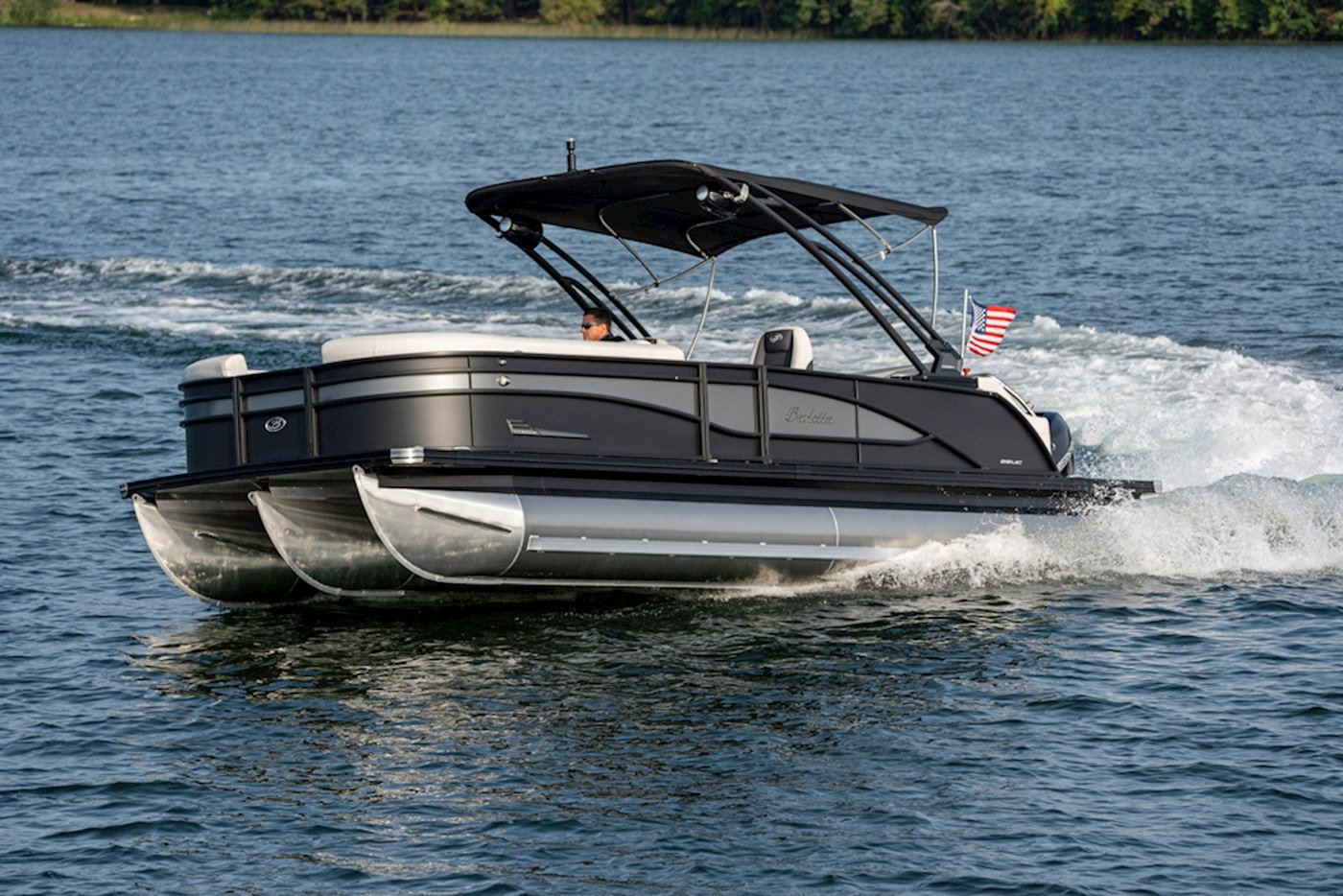See if you can relate. I live on big water relative to the rest of the state. Indiana’s largest natural lake is where I call home and have boated my entire life. Lake Wawasee is not only large but is also extremely choppy at times.
The seawalls surrounding the lake are mostly made of cement. With the increasing popularity in boats that make large wakes, this turns Lake Wawasee into a big cement bathtub that bounces the waves back and forth creating big chop.
If you can relate to this in any circumstance whether it’s battling coastal waves or navigating huge bodies of freshwater, you might be wondering if a pontoon boat is the right choice for you.
That said, knowing how to navigate rough water is half the battle. It comes with practice, patience, and the right boat. I’m going to explain why pontoon boats can be used in rough water and what you should consider before choosing the type of pontoon boat you buy.
Pontoons are Built for Rough Water
If you’re considering a pontoon boat and boat on rough water, the first thing you want to consider is how it’s built. With today’s performance pontoons, the construction has evolved to be heavier duty than ever before.
A solid built boat will stand up to rough water best. These are the attributes to look for in a pontoon boat’s construction if you plan to boat in rough water.
Heavy Duty Nose Cones
The nose cones sit on the front of the toons and help the boat slice through water. That said, they take the brunt of the heavy chop. You want to look for a pontoon that has internal reinforcement in the nose cones so that they will stand up to waves and not cave in.
Heavy gauge aluminum will also help the nose cones hold their shape when battling big waves. Look for manufacturers who use no less than .100 gauge aluminum. Heavy duty metal extrusions on the nose cones will also play into their strength, so keep your eye out for these types of features.

Tube Design
Just like with nose cones, you want to look for toons that are built with internal reinforcement. The pontoons should have baffles throughout and chambers to isolate any potential water from filling the entire toon.
A heavy gauge aluminum such as .090 gauge or higher is best. And pressure testing is a huge bonus. Look for manufacturers who pressure test the tubes as they roll down the assembly line. This testing will help rule out any potential holes in the toons before they leave the factory and hit the water.
The only way to sink a pontoon boat is if the toons fill with water. That’s why having strong metal, no leaks, and internal chambers is critical. There are a few other attributes of the toons that help when boating in rough water.
Wave tamers are attached to the toons and act as reinforcement. They also prevent splash from coming up into the boat while underway. Lifting strakes are attached to the toons as well and help get the boat up on plane.
The lifting strakes are designed to get the boat up on top of the water early which keeps it from plowing through the water. The quicker the boat can plane out in choppy water, the smoother the ride will be.
Solid keels along the entire length of the toons act as reinforcements strengthening the toons to prevent denting from large waves. All these attributes are in place to protect the pontoon boat in rough water and give you the smoothest ride possible.

Crossmembers
Cross members come into play when we talk about a smooth ride. Look for builders who use heavy duty cross members such as I-beams and strong M brackets and risers.
Strong crossmember construction will lessen the chance of flex and bending in the frame of the hull and floor while underway. This is crucial if you boat on big water that can become choppy as having a sturdy frame will keep the boat intact.

The Bigger the Better
The heavier the boat, the sturdier it will sit in the water. That being said, if you plan to boat in rough water, there’s no doubt a bigger pontoon boat will be a good choice. I can attest to this as I have the biggest Barletta made and it comes in handy especially on choppy days.
Consider choosing a longer floorplan and bigger engine. Both attributes will be conducive to navigating the boat through chop. I also recommend upgrading to three toons instead of two.
You get 50% more buoyancy with a third toon added which will help keep you high above the waves. It also helps with weight distribution as it keeps the boat more centralized and will cut back on the rocking that happens in rough water.
Boating Experience is a Plus
If you plan to boat in rough water and you have a large floorplan with a powerful engine, you’re off to a good start. Having the right equipment is half the battle, but it is also important to have boating experience when you find yourself in this situation.
Boaters safety is always top priority and I recommend taking a boaters course no matter what type of water you plan to boat in. A new law went into effect on April 1, 2021 that states you must always have your emergency stop lanyard attached to yourself at all times while underway.
This is not only the law but can also save your life and those on board if you’re in rough water and you get thrown from the captain’s chair. The switch will flip off and the engine will stop immediately.
Another tip to remember is to keep one hand on the wheel and one on the throttle in rough chop. Navigating the boat is more than just steering, you will need to utilize the motor if you get caught in a swell and begin to nosedive.
Knowing how to ride with the waves and how to use the power from the motor in this type of situation will be key. Avoid hitting waves head on and take them at an angle. That’s where three toons and more buoyancy really come into play. The more you can stay on top of the water and above the waves, the better.
Another thing I recommend is learning how to trim your pontoon boat. Using the trim function properly will ensure that your bow stays up out of the waves and will keep you from plowing through the water and potentially nose diving.
Rough Water is No Match
I hope I’ve enlightened you to the fact that pontoons can be used in rough water as long as you have the right type of pontoon boat and are experienced with operating watercraft. I also strongly suggest taking a boater’s safety course before hitting the water.
As I mentioned before, if you have the right equipment and are confident in your boating skills, navigating rough water will come easy. Consider going with a larger model and a powerful engine and you’re ready to cruise.



